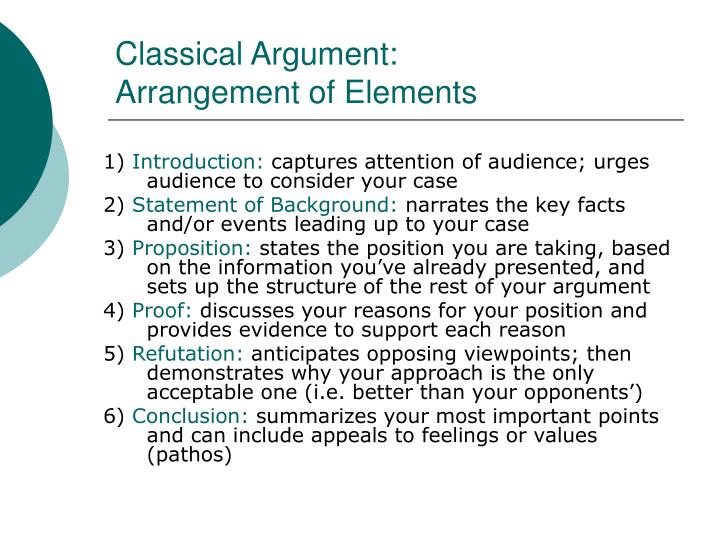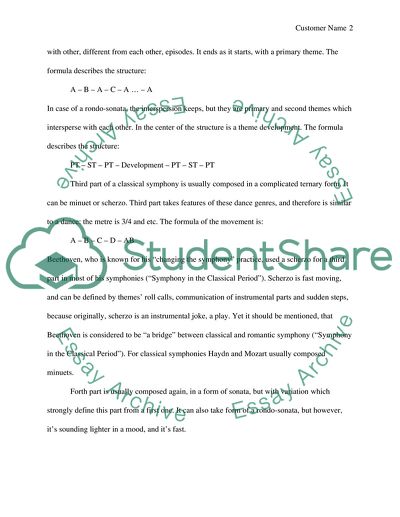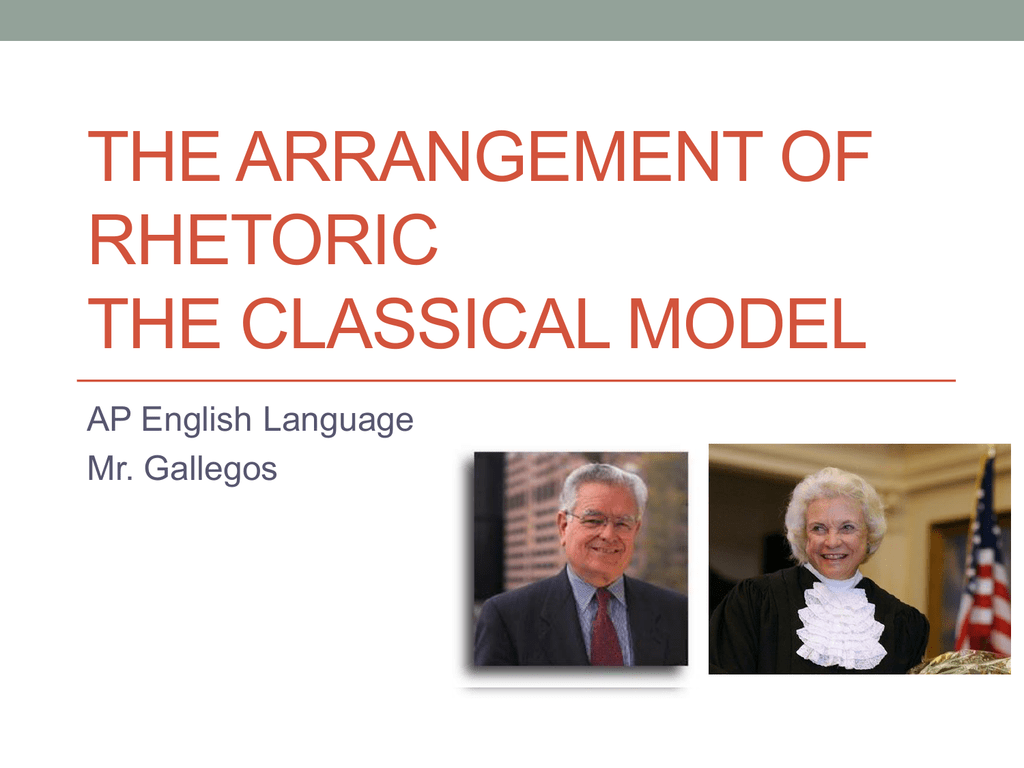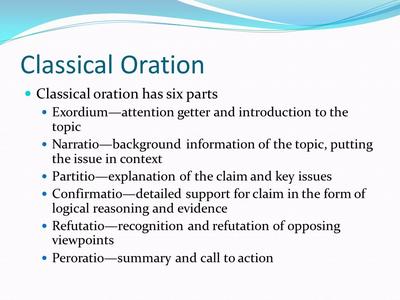Are you desperately looking for 'classical arrangements essay'? You can find all of the material on this webpage.
Letter a Classical argument is the basic grade of persuasive debate typically used fashionable essays and military position papers. It has at least 5 parts: the first appearance, narration, confirmation, defense, and conclusion.
Table of contents
- Classical arrangements essay in 2021
- Examples of classical argument topics
- Classical argument vs rogerian
- Classical essay outline
- Aristotelian argument sample
- Classical argument essay outline
- Classical argumentative essay
- Classical arrangements essay 08
Classical arrangements essay in 2021
 This picture illustrates classical arrangements essay.
This picture illustrates classical arrangements essay.
Examples of classical argument topics
 This image demonstrates Examples of classical argument topics.
This image demonstrates Examples of classical argument topics.
Classical argument vs rogerian
 This picture representes Classical argument vs rogerian.
This picture representes Classical argument vs rogerian.
Classical essay outline
 This image representes Classical essay outline.
This image representes Classical essay outline.
Aristotelian argument sample
 This picture representes Aristotelian argument sample.
This picture representes Aristotelian argument sample.
Classical argument essay outline
 This picture illustrates Classical argument essay outline.
This picture illustrates Classical argument essay outline.
Classical argumentative essay
 This image representes Classical argumentative essay.
This image representes Classical argumentative essay.
Classical arrangements essay 08
 This picture illustrates Classical arrangements essay 08.
This picture illustrates Classical arrangements essay 08.
What are the parts of a classical argument?
A Classical argument is the basic form of persuasive argument typically used in essays and position papers. It has at least five parts: the introduction, narration, confirmation, refutation, and conclusion. The parts of a classical argument are arranged logically.
How is refutation used in a classical argument?
A typical technique used in the confirmation section of a classical argument is the Toulmin technique. Refutation. This is where the opposing claims are presented or acknowledged, and then addressed accordingly. In most cases, counter-examples are best used as counter-arguments for the opposing claims.
Who was the main focus of classical rhetoric?
However, whereas oral discourse was the main focus of the classical rhetoricians, modern scholars also study the peculiarities of written argument. Aristotle provides a crucial point of reference for ancient and modern scholars alike.
How are counter-examples used in a classical argument?
A typical technique used in the confirmation section of a classical argument is the Toulmin technique. This is where the opposing claims are presented or acknowledged, and then addressed accordingly. In most cases, counter-examples are best used as counter-arguments for the opposing claims.
Last Update: Oct 2021